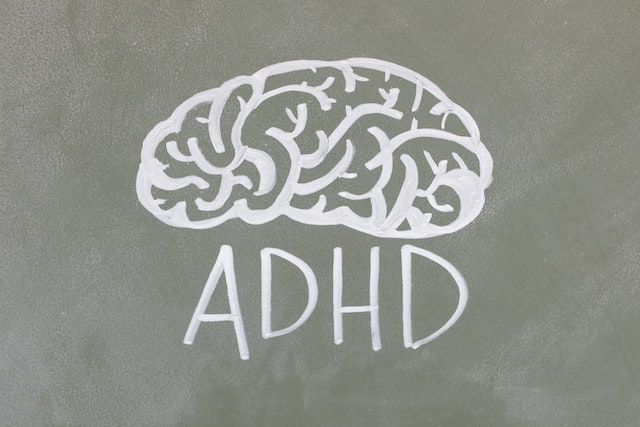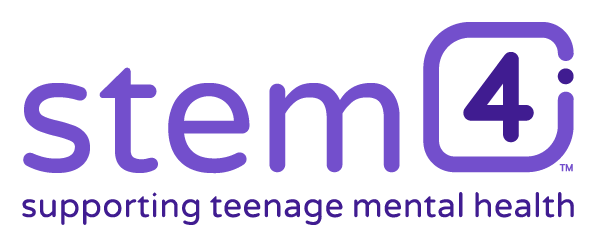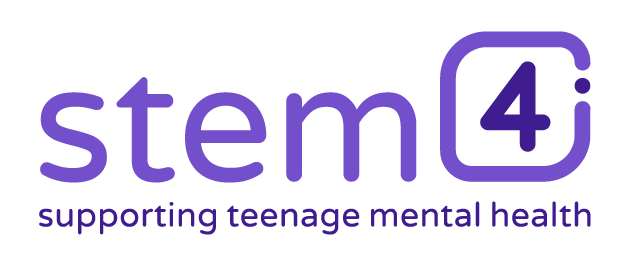There are many ways to look after your mental health if you are neurodiverse. In my clinical view, finding what works to your strengths is often the easiest and the most effective way to maintain change.

Mental health tips for people with ADHD (attention deficit hyperactivity disorder)
1. Practise a traffic light strategy
Whilst ‘out of the box’ thinking is exciting and often a key, unique strength in people with ADHD, it’s also easy to feel easily despondent or not follow through on delivering these ideas if they take time or need more painstaking work to follow through. Learning a traffic light strategy on how to stop, explore, and decide on what to action and when can be a helpful way to manage disappointment and upset.
2. Balance high and low energy activities
Periods of high energy are characteristic of ADHD. This means that the person is more likely to be drawn to tasks that require high energy (e.g., an immediate deadline) and disregard the tasks that only require low energy (e.g., reading some references). Allocating regular, specific times to invest in high energy activities, (such as sport) followed by specific times for low energy activity might help reduce both anxiety and burnout.
3. Learn to ‘surf the wave’ of excitement
Making hasty decisions and being open to the high risks that these might carry can be common in people with ADHD. A certain amount of informed risk taking is a resilience factor, opening up new opportunities and boosting confidence. However, if the outcome of hasty decisions is more negative than positive (e.g., falling out with friends, getting into trouble at school / with the police, hurting yourself), then learning to ‘surf the wave’ of excitement so that choices are made when you are at the ‘bottom of the wave’ will help protect. This means timing yourself to wait between thinking about doing something and putting it into practice, as well as recognising a reduction in the signs of high energy before you do something.
4. Practise saying no
Learning to say no is hard for people with ADHD since high levels of thoughts and energy can generate a craving for excitement rather than disappointment, and also makes them not the best judges of their capacity. Practising saying no will help reduce disappointment in the long term and build confidence in being able to complete what was set out to be achieved in the first place.
5. Factor in breaks
‘Post-success depression’ is often experienced in people with ADHD since there is such high intensity over the period of achievement that the loss of it can be hard to tolerate. Factor in doing something that provides enjoyment after such a period to ‘come down’ from the ‘high’ gradually. For example, plan a short break after completing a major project. Avoid immediately upping the intensity without having a break since this can lead to slow burnout.
6. Slow down and be mindful
Watch out that forgetfulness, distraction, and lack of organisation don’t lead to over-checking. Slowing down and reminding yourself to be mindful in the moment is far more helpful than becoming over-anxious and falling into a continuous cycle of obsessively checking things or delegating such checking to someone else, such as a family member.
7. Limit distractions and practise accountability
Disorganisation associated with ADHD can make it hard to be efficient and can also slow down teamwork, therefore impacting on relationships. Limiting distractions and practising accountability are more effective than making lists for example, which are often disregarded (or lost somewhere in the process).
8. Remember: practice is the most important
It takes time for your brain to lay down new neural pathways and learn new ways to think and, through this, to behave or feel. Try and work towards achieving a streak of success over a 30-day period if possible.
For more information on neurodiversity and mental health, check out stem4’s Neurodiversity section.

